Tungsten Alloy Prefabricated Fragments
- Details
- Category: Tungsten Information
- Published on Friday, 09 August 2013 15:54
- Hits: 2146
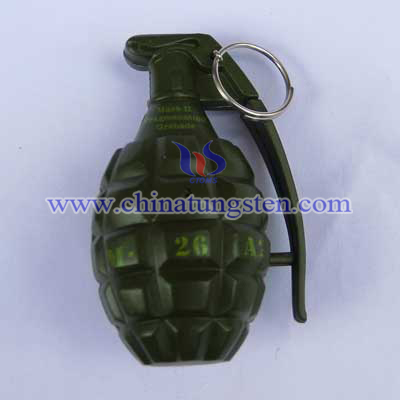
Fragmentation warhead is one of the main types of warheads, mainly by the role of high-energy explosives, the formation of a large number of high-speed fragments, using high-speed hitting the tungsten alloy prefabricated fragments, the role of ignition and detonation damage targets, and can be used for anti-effectives (human, animal), no armor or light armored vehicles, aircraft, radar and missiles and other weapons and equipment. According to the generation of fragments channels, fragmentation warhead can be divided into natural, pre-control and pre-fragmented warhead three types.
tungsten alloy prefabricated fragments are natural under detonation. Tungsten alloy ball, the shell expansion, fracture broken of such warheads is characterized not only as a container shell to form another anti-elements, fragments the size of the uneven, irregular shape in the air fast decay in flight speed, so that the effective anti-personnel grenade is limited in scope. Usually, tungsten alloy prefabricated fragments made from tungsten alloy ball. We can provide different sizes of tungsten alloy balls in accordance with your requirements.

Tungsten Manufacturer & Supplier: Chinatungsten Online - http://www.chinatungsten.com
Tel.: 86 592 5129696; Fax: 86 592 5129797
Email: sales@chinatungsten.com
Tungsten Picture Center: http://picture.chinatungsten.com
Tungsten Video Center: http://v.chinatungsten.com
Tungsten News & Tungsten Prices, 3G Version: http://3g.chinatungsten.com
Tungsten Kinetic Energy Penetrator
- Details
- Category: Tungsten Information
- Published on Thursday, 08 August 2013 16:27
- Hits: 2489
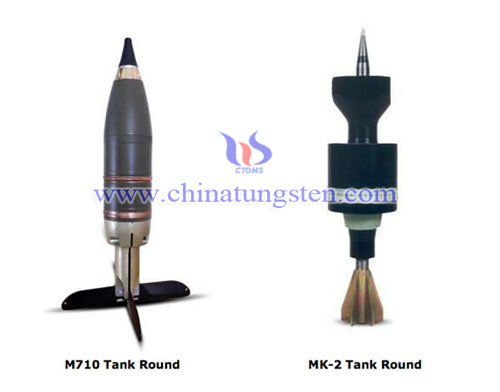
Tungsten kinetic energy penetrator (also known as a KE weapon) is a type of ammunition that, like a bullet, does not contain explosives and uses kinetic energy to penetrate the target.
The opposite technique to tungsten kinetic energy penetrator uses chemical energy penetrators. There are two types of these shells in use: high explosive anti-tank (HEAT) and high explosive squash head (HESH). They have been widely used against armor in the past and still have a role but are less effective against modern composite armor such as Chobham as used on main battle tanks today.
The principle of the tungsten kinetic energy penetrator is that it uses its kinetic energy, which is a function of mass and velocity, to force its way through armor. The modern KE weapon maximizes KE and minimizes the area over which it is delivered by:
being fired with a very high muzzle velocity
concentrating the force in a small impact area while still retaining a relatively large mass
maximizing the mass of whatever (albeit small) volume is occupied by the projectile—that is, using the densest metals practical, which is one of the reasons depleted uranium is often used.
Tungsten kinetic energy penetrator has led to the current designs that resemble a long metal arrow.

Tungsten Manufacturer & Supplier: Chinatungsten Online - http://www.chinatungsten.com
Tel.: 86 592 5129696; Fax: 86 592 5129797
Email: sales@chinatungsten.com
Tungsten Picture Center: http://picture.chinatungsten.com
Tungsten Video Center: http://v.chinatungsten.com
Tungsten News & Tungsten Prices, 3G Version: http://3g.chinatungsten.com
Types of Tungsten Alloy Swaging Rod for Armor Piercing Projectile Introduction
- Details
- Category: Tungsten Information
- Published on Tuesday, 06 August 2013 14:52
- Hits: 2310
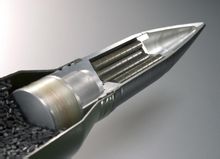
Tungsten alloy swaging rod for armor piercing projectile which is made of tungsten alloy comprising a high density penetrator core with a tapered front end and a multi-part outer case in partial contact with the core. This kind of armor piercing projectile will not penetrate because the multi-part jointed case is not as strong as a single-piece, monolithic case. Also, since the hard core is loose and not bonded to the case, then the core can not provide additional structural support. In addition, tungsten alloy swaging rod for armor piercing projectile does not have the ability to either explosively damage the target after penetration, or take data from an instrumentation package during or after penetration.
"Hollow-point" design results in radial expansion of the jacket into "petals" as the tungsten alloy swaging rod travels through the target. Such "flowering" of the case upon impact severely limits the depth of penetration into hardened targets.
Tungsten alloy swaging rod for armor piercing projectile comprising a heavy metal core and a segmented sabot with both right-handed and left-handed threads that separates from the core after exiting the gun's nozzle. It will not penetrate deeply because the nose end is made of a brittle heavy metal alloy, rather than high-strength steel. Also, it requires the use of a discarding sabot carrier.
Tungsten alloy swaging rod for armor piercing projectile with a speculating core comprising an elongated arrow style it is of a core surrounded by a body, where the hardness of the core is greater than twice the hardness of the body. The outer case is made out of tungsten alloy swaging rod. The brittle behavior of these alloys will prevent this from achieving deep penetration in hardened targets, when compared to cases made of high-strength and high-toughness steel alloys.

Tungsten Manufacturer & Supplier: Chinatungsten Online - http://www.chinatungsten.com
Tel.: 86 592 5129696; Fax: 86 592 5129797
Email: sales@chinatungsten.com
Tungsten Picture Center: http://picture.chinatungsten.com
Tungsten Video Center: http://v.chinatungsten.com
Tungsten News & Tungsten Prices, 3G Version: http://3g.chinatungsten.com
Tungsten Armor Piercing Shells in World War I
- Details
- Category: Tungsten Information
- Published on Wednesday, 07 August 2013 15:22
- Hits: 2450

Tungsten armor piercing shells for tank guns, although used by most forces of this period, were not used by the British. The only British APHE projectile was the AP, Mk1 for the 2 pdr anti-tank gun and this was dropped as the product was found that the fuse tended to separate from the body during penetration. Even when the fuse didn't separate and the system functioned correctly, damage to the interior was little different from the solid shot, and so did not warrant the additional time and cost of producing a shell version. APHE projectiles of this period used a bursting charge of about 1-3% of the weight of the complete projectile, the filling detonated by a rear mounted delay fuse. The explosive used in APHE projectiles needs to be highly insensitive to shock to prevent premature detonation. The US forces normally used the Explosive D, otherwise known as ammonium pirate, for this purpose. Other combatant forces of the period used various explosives, suitability desensitized (usually by the use of waxes mixed with the explosive).
Tungsten armor piercing shells were used prior to and during World War I were generally cast from special chromium (stainless) steel that was melted in pots. They were forged into shape afterward and then thoroughly annealed, the core bored at the rear and the exterior turned up in a lathe. The projectiles were finished in a similar manner to others described above. The final, or tempering treatment, which gave the required hardness/toughness profile (differential hardening) to the projectile body, was a closely guarded secret.

Tungsten Manufacturer & Supplier: Chinatungsten Online - http://www.chinatungsten.com
Tel.: 86 592 5129696; Fax: 86 592 5129797
Email: sales@chinatungsten.com
Tungsten Picture Center: http://picture.chinatungsten.com
Tungsten Video Center: http://v.chinatungsten.com
Tungsten News & Tungsten Prices, 3G Version: http://3g.chinatungsten.com
How Does Tungsten Alloy Armor Piercing Bullets Work?
- Details
- Category: Tungsten Information
- Published on Tuesday, 06 August 2013 14:44
- Hits: 2372
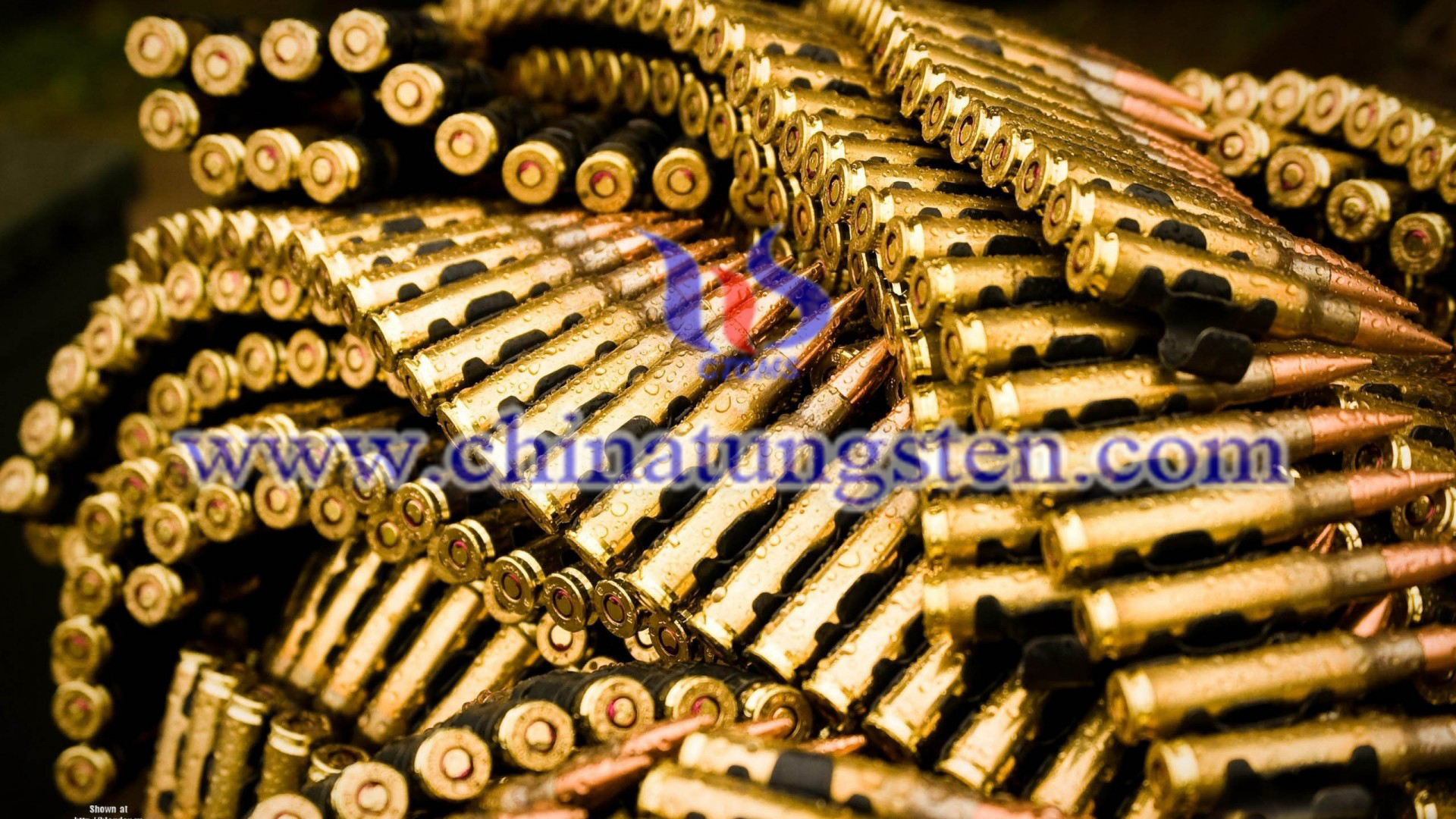
The most widely used tungsten alloy armor piercing bullets in the world are made of a hardened steel, tungsten alloy, tungsten-carbide, or depleted uranium penetrator enclosed within a softer material, such as copper or aluminum. Tungsten alloy rounds, for instance, take advantage of their high-density material, designed to retain its shape and carry the maximum possible amount of energy as deep as possible into the target.
The tungsten alloy armor piercing bullets fired from rifles are strengthened with a copper or cuprous-nickel jacket, much like the jacket that surrounds lead in a conventional projectile, a jacket which is destroyed upon impact to allow the penetrating charge to continue its movement through the targeted substance.
One of the most famous types of tungsten alloy armor piercing bullets used in the past was the Teflon-coated bullets. Contrary to popular belief, the Teflon coating did not in itself help the bullet penetrate deeper, instead it was meant to help reduce the wear on the barrel after firing hardened projectiles. The strange fact is that this misconception even produced laws that lead to the restricted use of these bullets, eventually leading to their extinction.
The famous example of such a blunder was the assassination attempt on US President Ronald Reagan that took place on March 30, 1981. Then, the shooter used a bullet with a normal revolver, which actually deprived the bullet of its ability, contributing to the bullet missing the heart by less than one inch and piercing his left lung instead, which likely spared his life.

Tungsten Manufacturer & Supplier: Chinatungsten Online - http://www.chinatungsten.com
Tel.: 86 592 5129696; Fax: 86 592 5129797
Email: sales@chinatungsten.com
Tungsten Picture Center: http://picture.chinatungsten.com
Tungsten Video Center: http://v.chinatungsten.com
Tungsten News & Tungsten Prices, 3G Version: http://3g.chinatungsten.com




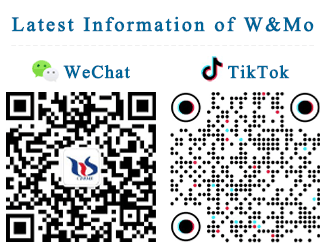
 sales@chinatungsten.com
sales@chinatungsten.com